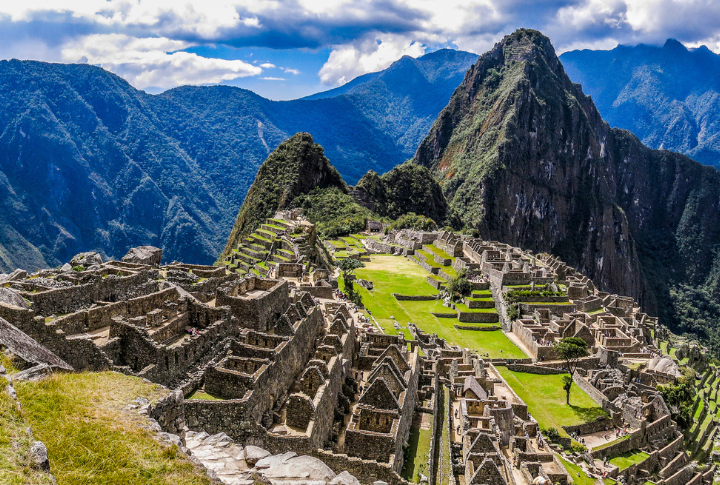
Remnants of earlier civilizations dot Earth’s landscape, showcasing human history and architectural prowess. These ancient marvels, spanning continents and epochs, offer a window into the cultural heritage of our ancestors. Swipe to learn about ten incredible ruins, each with a story etched in stone.
Machu Picchu

High up in southern Peru sits Machu Picchu, a stunning 15th-century Inca citadel perched at 2,430 meters. The “Lost City of the Incas” features impressive polished stone walls and iconic structures like the Temple of the Sun, the Temple of the Three Windows, and the mystical Intihuatana. In 2007, it earned the title of one of the New Seven Wonders of the World, attracting travelers from all over the world to marvel at its beauty.
Stonehenge
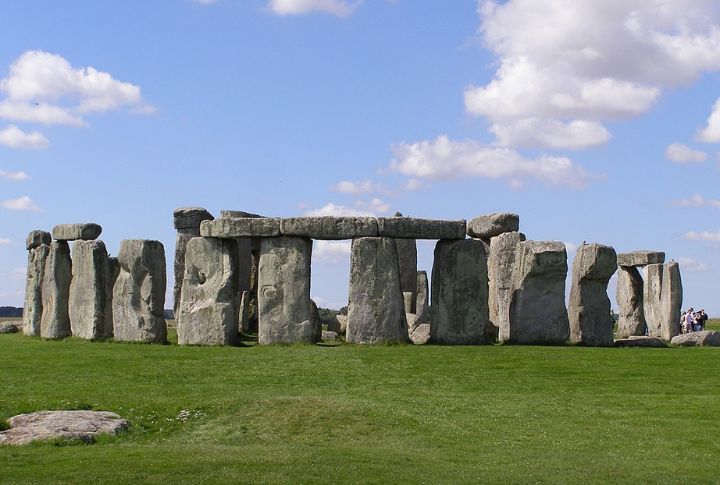
Located in Wiltshire, England, this famous prehistoric monument was built in stages between 3100 BC and 1600 BC. It’s considered a cultural icon of Britain and was added to UNESCO’s World Heritage Sites in 1986. Moreover, it is believed to have potentially functioned as a burial ground since its earliest origins.
Longmen Grottoes

The Longmen Grottoes in China are an exquisite showcase of Chinese Buddhist artistry dating back to the Tang Dynasty. Featuring over 100,000 statues of Shakyamuni Buddha and disciples across 2,345 caves, these grottoes range in statue height from just 1 inch to 57 feet. Listed in UNESCO’s World Heritage Sites in 2000, they are celebrated for their artistic perfection and cultural richness.
Hadrian’s Wall
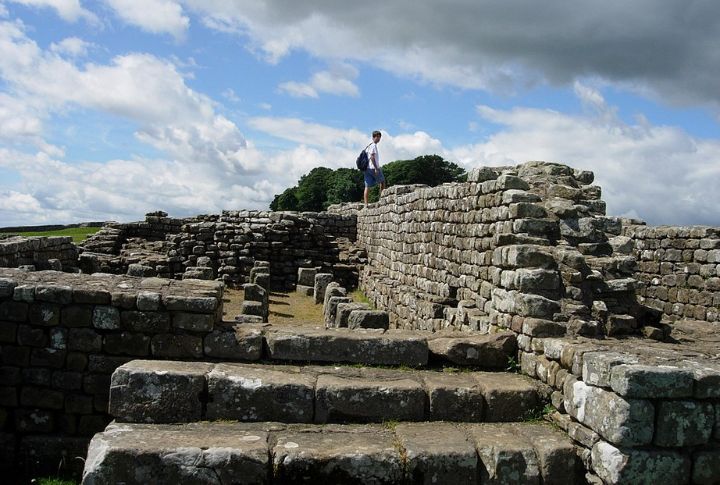
Commissioned by Emperor Hadrian in AD 122, Hadrian’s Wall was a formidable Roman defensive structure marking the northern boundary of Britannia. Stretching 80 Roman miles (73 modern miles or 117 kilometers) across England, it never served as the Anglo-Scottish border. It mainly included forts, mile castles, and a wide ditch to deter attackers.
The Colosseum
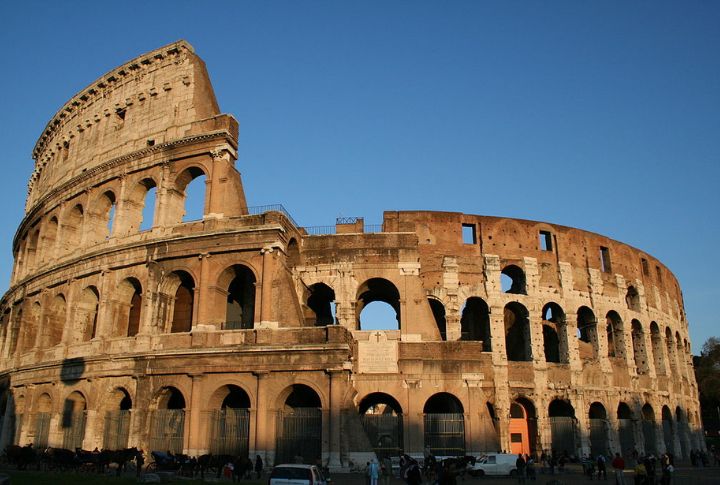
In the center of Rome stands the Colosseum, one of the New Seven Wonders of the World, completed in AD 80. This elliptical amphitheater, crafted from travertine limestone and volcanic rock, remains the largest of its kind globally, symbolizing Roman ingenuity and grandeur.
Bagan
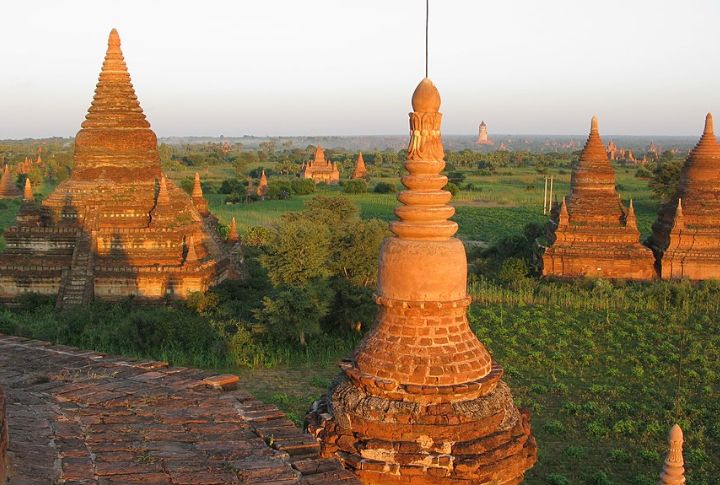
Bagan, located in Myanmar’s Mandalay Region, was established as a UNESCO World Heritage Site. It functioned as the capital of the Pagan Kingdom between the 9th and the 13th centuries. The city features remarkable pagodas that showcase the artistry of Myanmar craftsmen in both solid stupa-style and hollow gu-style temples.
Petra
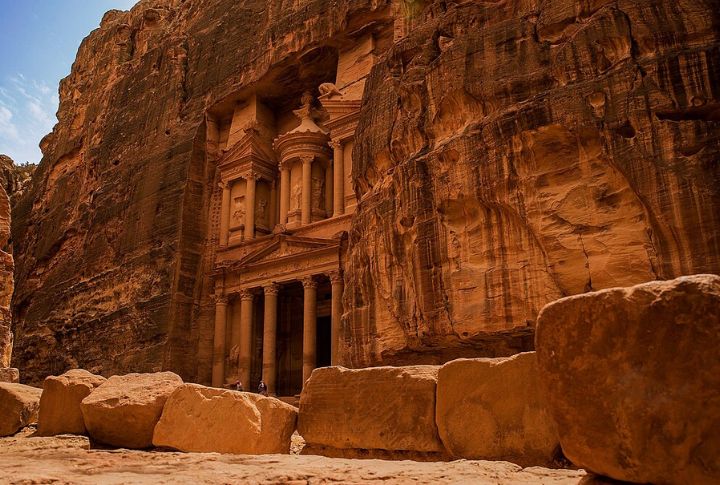
As an archaeological city in southern Jordan, it is known for its rock-cut architecture and water conduit system. It is nicknamed the “Rose City” because of the color of the sandstone from which its structures are carved. Recently, some in the revisionist school of Islamic studies have suggested Petra as the original Qibla, the direction of Muslim prayer, predating Jerusalem or Mecca.
Pompeii
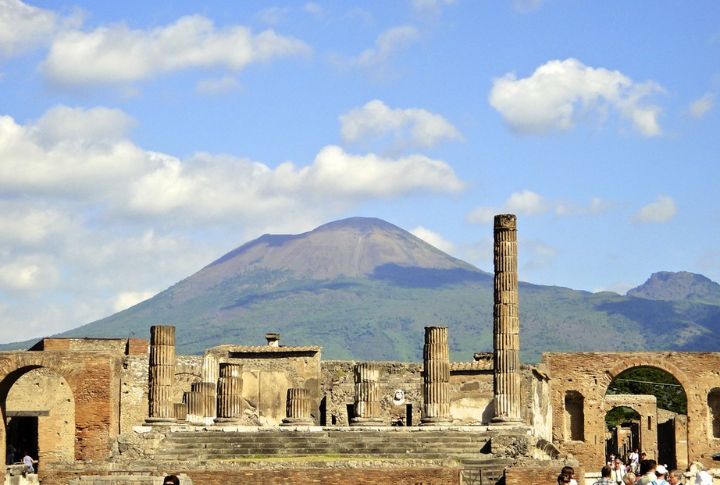
Pompeii, near Naples in Italy’s Campania region, was a historic city frozen in time by the eruption of Mount Vesuvius in 79 AD. In spite of being buried under four to six meters of volcanic ash and pumice, Pompeii captures a vivid snapshot of Roman life and urban planning. It presents a complete view of an ancient Roman city, drawing millions of visitors yearly to explore its remarkably preserved ruins.
Ellora Caves
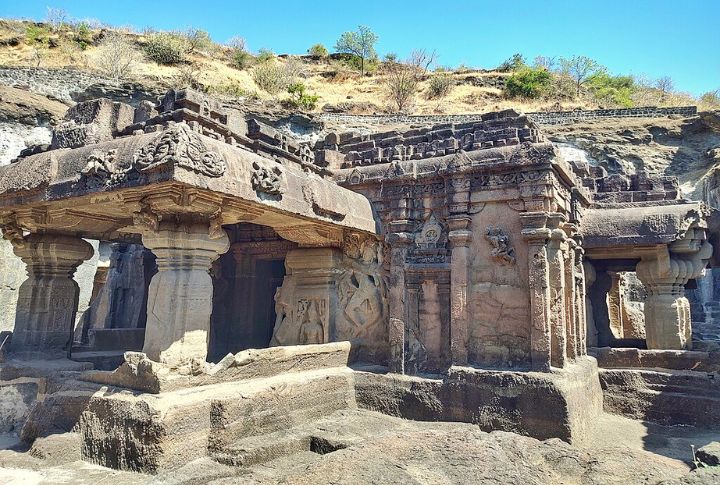
The Ellora Caves in Maharashtra, India, are prominent for their rock-cut Hindu temples dating from 600 to 1000 CE. This expansive complex, featuring over 100 caves, displays India’s mastery of rock-cut architecture. Notably, Cave 16 houses the breathtaking Kailash Temple, the world’s largest monolithic rock excavation, sculpted in the shape of a chariot dedicated to Lord Shiva.
Montezuma Castle National Monument
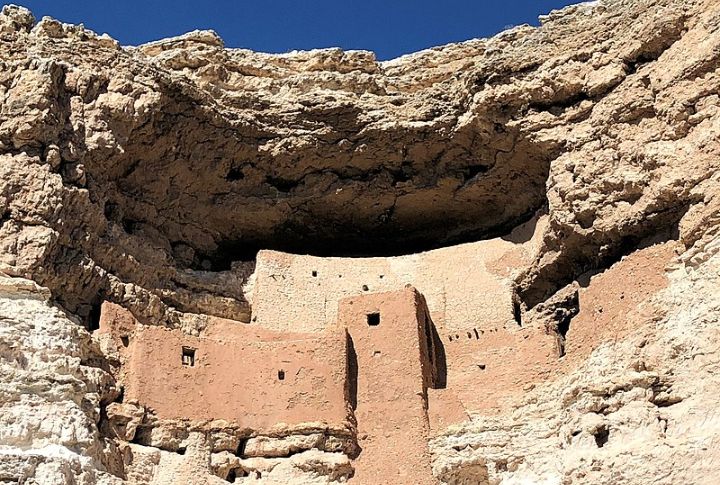
This monument in Camp Verde, Arizona, has well-preserved dwellings crafted by the Sinagua people. The main structure, five stories high with around 20 rooms, was meticulously built over three centuries. This archaeological marvel provides a glimpse into the Sinagua civilization’s ingenious architectural skills and lifestyle.

Comments
Loading…